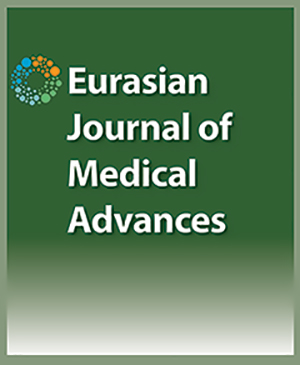

Epidemiology and Management of Hepatocellular Carcinoma in Kazakhstan
Yerbol Serikuly1, Ardak Nurbakhyt2, Shokan Kaniyev1, Zhassulan Baimakhanov1, Marina Kanushina3, Maxat Doskhanov11Department of HPB surgery and liver transplantation, Syzganovís National Scientific Center of Surgery, Almaty, Kazakhstan, 2Kazakh National Medical University Asfendiyarov, Almaty, Kazakhstan, 3AC institute of international education sro, Prague, Czech Republic,
Objectives: Hepatocellular carcinoma (HCC) is the most prevalent primary liver malignancy, ranking sixth among all cancers and accounting for 95% of hepatobiliary tumors. The highest incidence rates are in Eastern Asia, Northern Af rica, and South-Eastern Asia. In Kazakhstan, HCC is a significant public health issue due to its increasing incidence and high mortality rates. Methods: This study analyzed data from 7072 HCC patients in Kazakhstan from 2012 to 2021, using the "Electronic Reg isters of Patients" covering 97% of the population. The study assessed age-, gender-, and ethnicity-specific incidence rates and compared regions using direct standardization. Results: The incidence rate of HCC increased from 0.06 to 6.6 per 100,000 population over the study period (R≤ = 0.8261, p=0.001). Higher rates were observed in older individuals, males, and Europeans compared to Asians. Geographic dis parities showed higher rates in West Kazakhstan and major cities (Almaty, Astana, Shymkent). Survival rates were low, with 1-year, 5-year, and 10-year survival at 37.7%, 12.5%, and 10.9%, respectively. Central Kazakhstan, particularly the Karagandy region, had better survival rates. Conclusion: The study illustrates the rising incidence and poor survival of HCC in Kazakhstan, with significant demo graphic and geographic disparities. Keywords: Hepatocellular carcinoma, Kazakhstan, incidence rate
Cite This Article
Serikuly Y, Nurbakhyt A, Kaniyev S, Baimakhanov Z, Kanushina M, Doskhanov M. Epidemiology and Management of Hepatocellular Carcinoma in Kazakhstan. EJMO. 2024; 8(2): 194-198
Corresponding Author: Yerbol Serikuly



